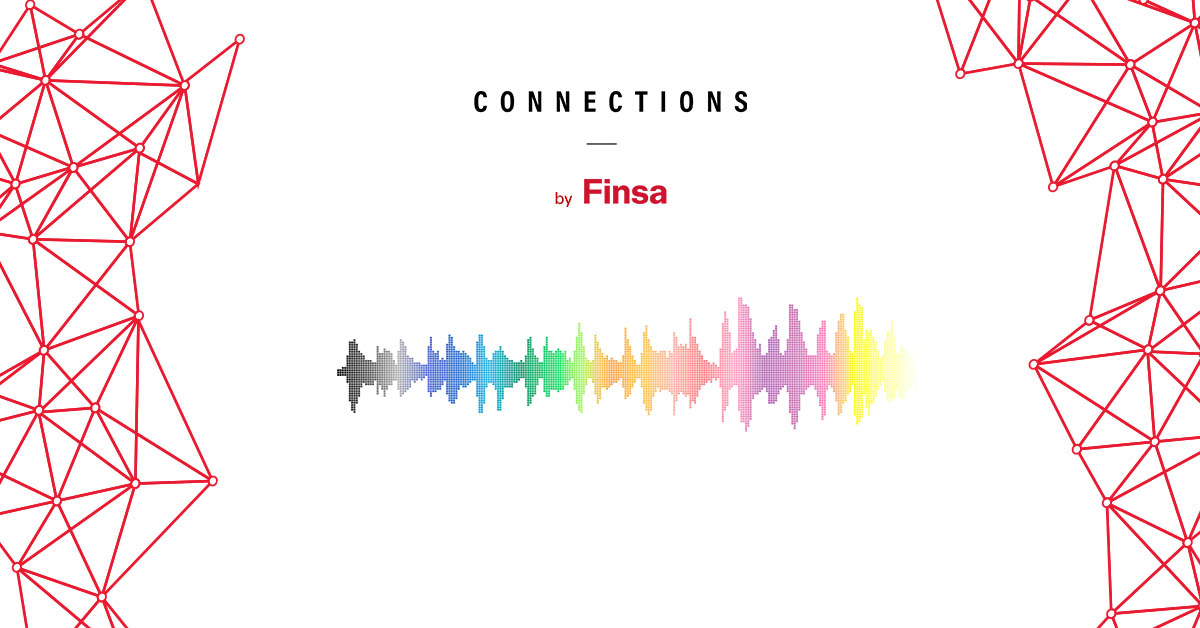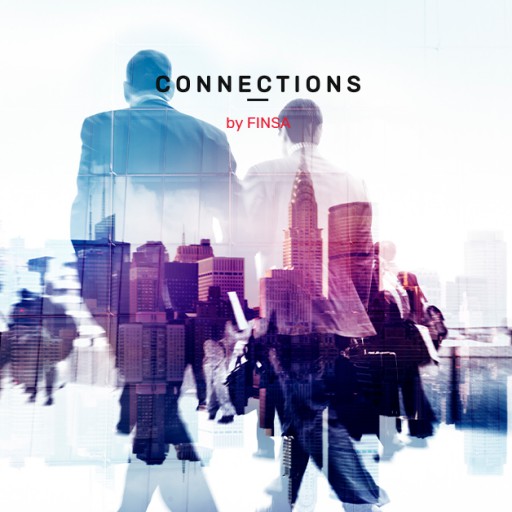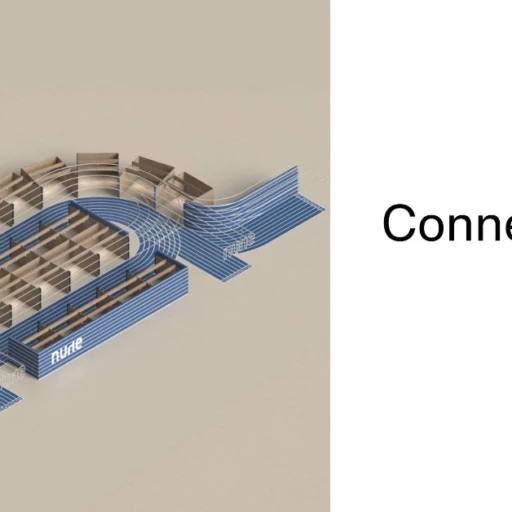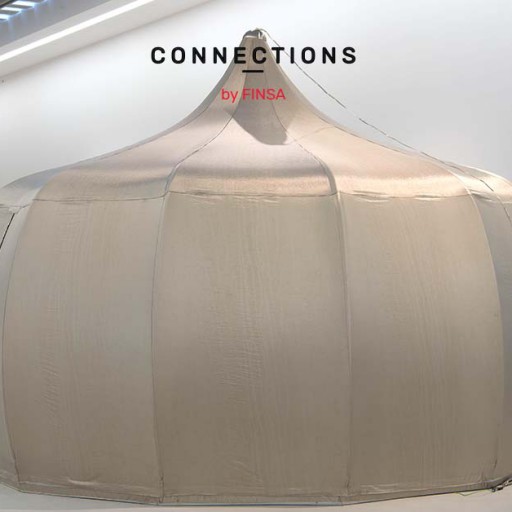Forty-three percent of the Spanish population reports feeling emotionally poor or very poor according to this recent study. Meanwhile, mental health and wellbeing startups have seen 67% more investment since the pandemic.
This is just some of the available data that demonstrates the need to find a way for us to connect with our surroundings, little hideaways that allow us to pause or take refuge. How can we create such spaces? A living coach is one available resource, but many different studies suggest that two essential tools when designing these kinds of spaces are sounds and acoustic comfort.

The power of sound in interior design
Sound has an impact on how we perceive a space and produces feelings of comfort, belonging, and safety. Its power is so great that, as Made Music Studio has shown, 86% of people exposed to a pleasant sound in a certain place feel compelled to return.
Given its ability to have such a positive effect on an environment, we hope that you are already asking yourself how you can integrate sound into interior design. Firstly, it’s important to remember that it shouldn’t be the main feature of a space. As the team at Made Music Studio explains, “it should be felt, rather than heard”, meaning that designing a space as an immersive experience is the ideal approach.
Here are ten original applications of sound that might just inspire your upcoming interior design projects:
Listening rooms
With vinyl record sales on the rise, thinking about including listening rooms in our homes is not such a crazy idea. According to AD magazine, these spaces are fit in with the idea of retreat and observation. The article describes key features of the perfect little listening spot.
Vibroacoustic speakers to help you relax
Solace: healing vibrations is a device that plays relaxing sounds and emits low-frequency vibrations that pass through your body to facilitate relaxation. Its creators describe it as something that can ‘hug’ you during anxious or tense moments.
Biophilic sounds
Audio software platform Spatial has worked extensively with biophilic sounds, or those that imitate sounds heard in nature. In 2021, the company launched Future of Work Soundscapes, a collection of biophilic sounds designed to create the ideal atmosphere at different points throughout the work day, such as promoting concentration or intensity.
Soundscapes
We can also use original sounds from nature, choosing what we want to hear depending on our emotional state, what type of sound we prefer (e.g., animal sounds or waterfalls), how long they last, and their purpose (e.g., to make us feel calm or happy). Earth.fm is a not-for-profit platform that lets you listen to what are known as soundscapes: a set of auditory elements that make up a specific habitat.
Artificial intelligence: the composer of the future
In the 19th century, the pioneer of modern information technology Ada Lovelace predicted that machines would end up creating things on their own without human assistance. Well, as tech magazine WIRED explains, generative music is now a reality. It’s basically pure maths being fed by archives, which is what Google Magenta is.
Sound versus noise
Another sound creation tool is MyNoise, which helps you mask irritating noises, like office racket or your own internal dialogue. When you choose a sound, you can also choose the level of different elements within the soundscape, such as wind or rain. There’s even a guided meditation to help you relax.
White, pink, or brown noise
We’ve mentioned noise, but white noise, like the repetitive sound of rain falling on a roof, deserves a special mention. There is also pink noise, which is made up of very low audible sounds such as leaves rustling, the sound of the wind, or heartbeats, and brown sound, which is all about deep sounds like thunder.
ASMR
There are other auditory stimuli, like whispers or the sound of slowly turning pages, that provoke an autonomous sensory meridian response, or ASMR, which is basically an inexplicable tingling of pleasure. We told you all about it in this article, including very interesting applications in interior design like this IKEA video playlist:
The museum of extinct sounds
In the future, will we remember what a landline telephone sounded like when it rang? What about a Walkman? Or a typewriter? Or a 56k modem? The Conserve the Sound project was put together with the idea of preserving a kind of acoustic archive, which is free for everyone to download and enjoy.
Ver esta publicación en Instagram
What about silence?
All the above examples focus on sound in its many and varied forms, from the intentional, like music and the sounds made by nature or objects, to the irritating ones like loud noise. But what is the role of silence in all of this? We’ve discussed it previously in this post and highlighted its power as a facilitator of contemplation in our lives and the spaces that we inhabit.
Have you been inspired by the above examples? What do you think the role of sound is in interior design? Let us know on social media using #ConnectionsByFinsa. We read all your comments!




